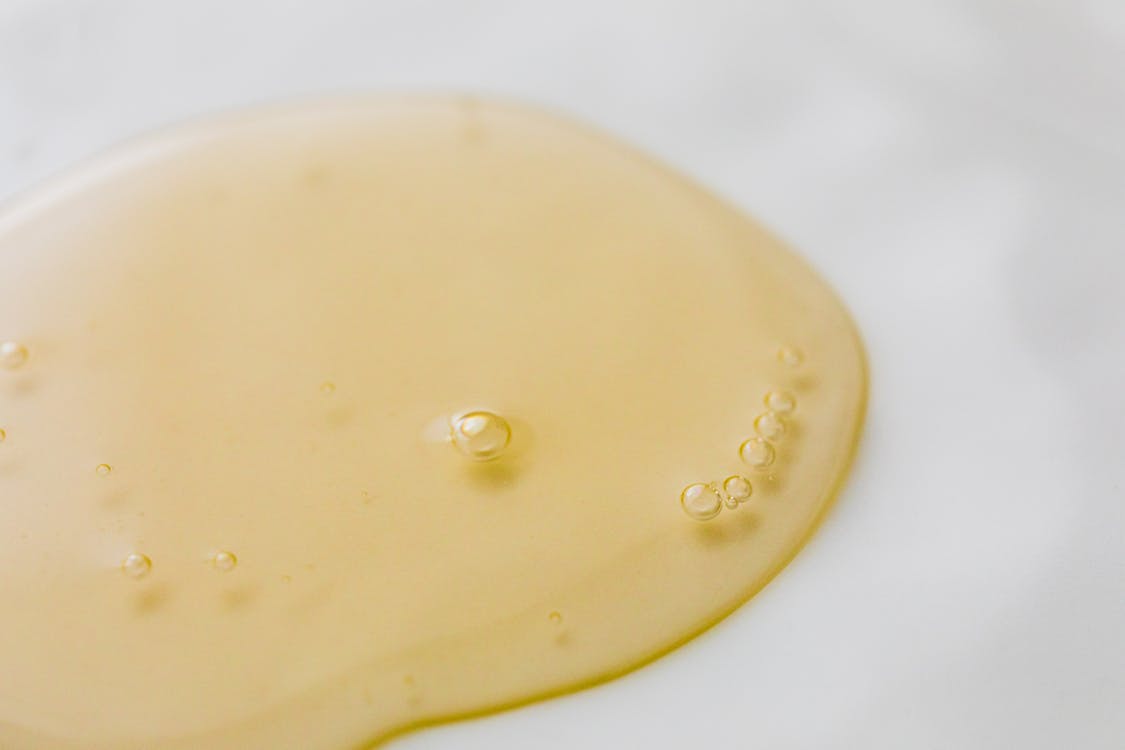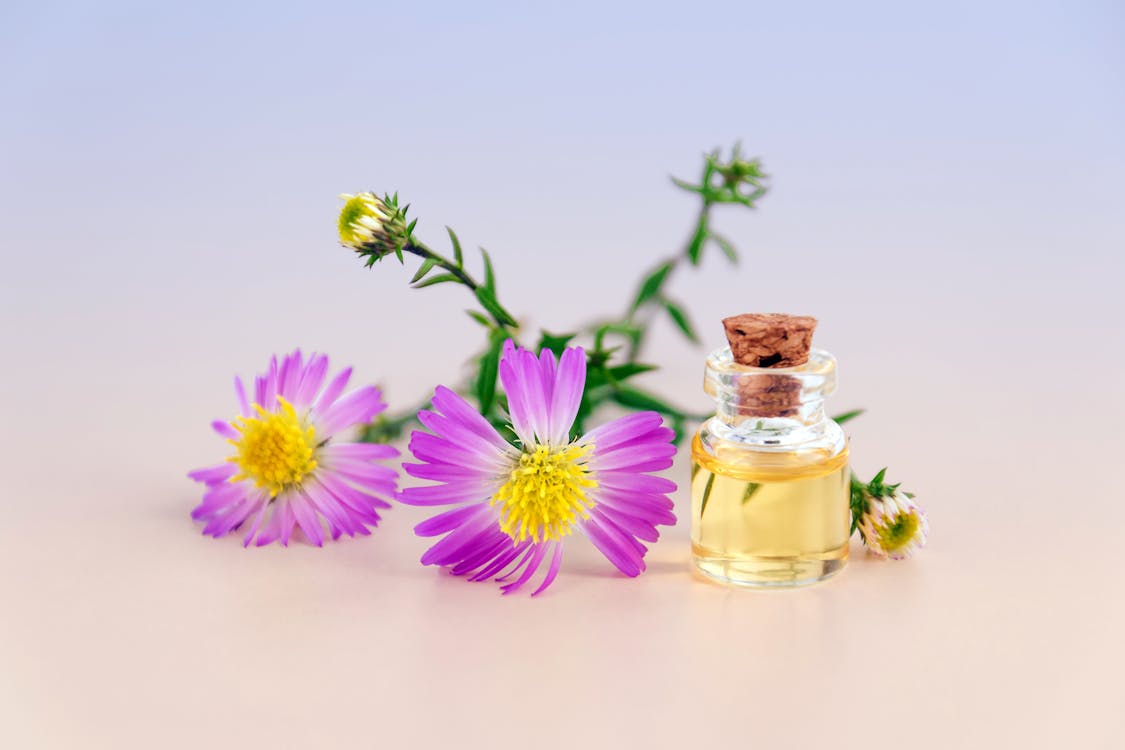Few substances have the long history and continuing adaptability of castor oil in the complex tapestry of traditional elixirs and natural medicines. This thick, viscous, pale yellow oil is extracted from the seeds of the castor bean plant (Ricinus communis) and has been treasured by humans for more than 4,000 years. Its tremendous range of uses and advantages is demonstrated by its voyage from the ancient Egyptian regions to modern laboratories.
Over the course of history, castor oil has been praised for all of its benefits and has been used extensively in industrial, cosmetic, and medical pursuits. Its tale is intertwined with many other cultures, which is evidence of its timeless appeal and versatility. In this thorough investigation, we set out to discover the rich past, intricate chemical makeup, extraction techniques, and numerous uses of castor oil. We will explore the many facets of this ageless concoction, revealing why it is still a popular option for people looking for both health and beauty benefits in the twenty-first century. From beauty secrets to health therapies, we will even explore its crucial position in contemporary industry.
Historical Importance
Castor oil has been used for more than 4,000 years in history. The ancient Egyptians held it in great regard and utilised it for a variety of reasons. Their embalming rituals relied heavily on castor oil, which was also an important part of their therapeutic practises. Moreover, it was utilised in cosmetics and ointments.
The laxative properties of castor oil were well known to the Greeks and Romans. It was utilised in many cosmetic treatments and was regarded as a significant medicinal in antiquity. Due to the numerous benefits it offers, several civilizations and cultures have continued to use it throughout history.
The makeup of castor oil
The distinctive qualities of castor oil, a thick, viscous, pale yellow oil, come from its chemical makeup. Its main constituent is ricinoleic acid, and its main constituent is triglycerides. The extraordinary qualities of castor oil are mostly attributed to this monounsaturated fatty acid. Ninety percent of the fatty acid makeup of the oil is ricinoleic acid.
Castor oil also contains oleic acid, linoleic acid, stearic acid, and palmitic acid as other fatty acids. These fatty acids work in concert with ricinoleic acid to give the oil its advantageous qualities and versatility in a variety of applications.
Castor oil extraction
Historically, the very simple technique of extracting castor oil has been carried out for millennia. The following actions are involved:
1. Harvesting: When the castor bean plant reaches maturity, it must be harvested as the first stage. Normally, the beans are taken out of their pods and thoroughly cleaned to get rid of any contaminants.
2. Pressing: After the beans have been washed, the oil is extracted by pressing them. Several techniques, such as hydraulic pressing, solvent extraction, and cold pressing, can be used to accomplish this. Because it maintains the oil’s quality and purity, cold pressing is seen to be the ideal technique.
3. Filtering: To produce a transparent, pure castor oil, all leftover contaminants are taken out of the oil through filtering after pressing.
This technique yields oil that can be utilised in its pure form or as an ingredient in a variety of products. It is ready for use in many applications.
Castor Oil’s Health Benefits
1. Laxative Properties: Castor oil has been utilised as a natural laxative for ages. It encourages bowel motions by stimulating the intestines after ingestion. For individuals seeking a mild and all-natural method of relieving constipation, this makes it a well-liked option. But because overuse can result in electrolyte imbalances and dehydration, it should only be used in moderation and under medical supervision.
The principal constituent of castor oil, ricinoleic acid, exhibits anti-inflammatory characteristics. This makes castor oil a useful topical remedy for dermatitis, acne, and sunburn, among other skin disorders. It can ease skin irritation and lessen swelling.
3. Pain Relieving: A castor oil-soaked cloth is applied to a particular location of the body to relieve pain. This technique is known as a castor oil pack. They are thought to help relieve menstrual cramps and pain in the muscles and joints. The packs are supposed to function by lowering inflammation and promoting circulation.
4. Wound Healing: Minor burns, scratches, and cuts can all benefit from the application of castor oil. While its anti-inflammatory qualities serve to lessen pain and swelling, its antibacterial qualities can help shield wounds from infection.
5. Healthy Hair and Scalp: Castor oil is a well-liked home cure for problems with the hair and scalp. Its moisturising qualities can lessen dryness, breaking of the hair, and dandruff. Applying castor oil to the scalp on a regular basis is said to promote hair development and enhance hair texture.
6. Joint and Muscle Pain: Applying castor oil to tense or tight joints and muscles might help relieve the pain. When applied topically, the oil’s anti-inflammatory qualities may aid in lessening arthritis or muscular tension pain and discomfort.
Applications of Castor Oil in Beauty
1. Skin Moisturization: A useful component of skincare products, castor oil is a good natural moisturiser. It hydrates the skin, leaving it smooth and supple, and can be used alone or in combination with other oils and substances.
2. Anti-Aging: The antioxidants and fatty acids included in castor oil’s rich makeup can help fend off the effects of ageing. It can make the skin appear younger by lessening the visibility of wrinkles and fine lines.
3. Longer and thicker eyelashes and eyebrows: Castor oil is widely used to encourage the growth of these features. Its nourishing qualities help support and strengthen hair follicles, promoting healthy development.
4. Acne Treatment: The antibacterial and anti-inflammatory qualities of castor oil make it a useful acne treatment. When administered topically, it can help lessen the visibility of acne scars and pimples.
5. Taking Care of Your Cuticles and Nails: Applying castor oil to your nails and cuticles will help them grow stronger and more healthily. Moreover, it can aid in avoiding brittle, dry nails.
6. Lip Balm: Natural lip balms frequently contain castor oil as a component. Its moisturising qualities help maintain lips smooth and supple while relieving chapped lips.

Applications in Industry
There are more uses for castor oil than only health and appearance. Because of these special qualities, it is an important constituent in many industrial products:
1. Lubricants: Grease and lubricants derived from biomass are made from castor oil. It is a good option for engines and machinery that run in harsh environments because of its high viscosity and thermal stability.
2. Biofuel: Castor oil can be used to make biodiesel, an environmentally beneficial substitute for traditional fossil fuels. Castor bean plants have the potential to be a sustainable source of biofuel due to their high oil content and rapid growth.
3. Plastics and Resins: Castor oil is used in the chemical industry to create biodegradable plastics and resins. The eco-friendly qualities of these materials are driving up demand for them.
4. Pharmaceuticals: Castor oil is a vital component used in many medicine formulations, such as pills, capsules, and lotions, in the pharmaceutical sector.
5. Textile Industry: In the production of textiles, castor oil is used to create additives that improve the qualities of fibres and fabrics. Qualities like flame resistance and water repellency can be added by these additions.
Rich in history and having a wide range of uses, castor oil is a useful natural substance that has endured over time. This elixir continues to show its enduring significance in our lives, from its usage in the embalming rituals of ancient Egypt to its present applications in healthcare, cosmetics, and industry.
The many health benefits of castor oil are attributed to its distinct makeup, which is primarily driven by its high ricinoleic acid content. Castor oil has shown to be a dependable and natural remedy for a variety of conditions, including constipation alleviation, skin inflammation relief, wound healing, and hair and scalp issues. From traditional herbal medicine to being an essential component of many contemporary healthcare products, its gentle laxative and anti-inflammatory qualities have made it a reliable option for generations.
Castor oil has established itself in the cosmetics business thanks to its moisturising, anti-aging, and hair growth-promoting qualities. It provides an all-natural skincare, hair, and nail care solution. It has become a popular ingredient in cosmetics and personal care products due to its properties that moisturise, strengthen nails, stimulate hair follicles, and minimise fine wrinkles.
The industrial uses of castor oil demonstrate its versatility beyond aesthetics and health. It emphasises its significance in the sustainable growth of several industries by helping to produce biofuels, textiles, medicines, biodegradable plastics, and eco-friendly lubricants.
Future prospects show that castor oil is still a valuable resource with unrealized potential. Its use in biofuel and the creation of environmentally friendly plastics allude to a future that is more sustainable and green. Castor oil’s versatility and usefulness make it an important tool in our continuous attempts to lessen our environmental impact and produce more products that respect the environment.
Ultimately, castor oil serves as evidence of the natural world’s ability to continuously provide for our wide range of needs. Its long history, which dates back to ancient civilizations, and its continued use in the present day demonstrate how ageless and flexible it is. Castor oil is a natural elixir that is both adaptable and important, regardless of whether you use it for industrial purposes, health advantages, or cosmetic purposes. The wonderful ways in which nature’s gifts can continue to enrich our lives and inspire innovation are highlighted by its journey from antiquity to the current day.




